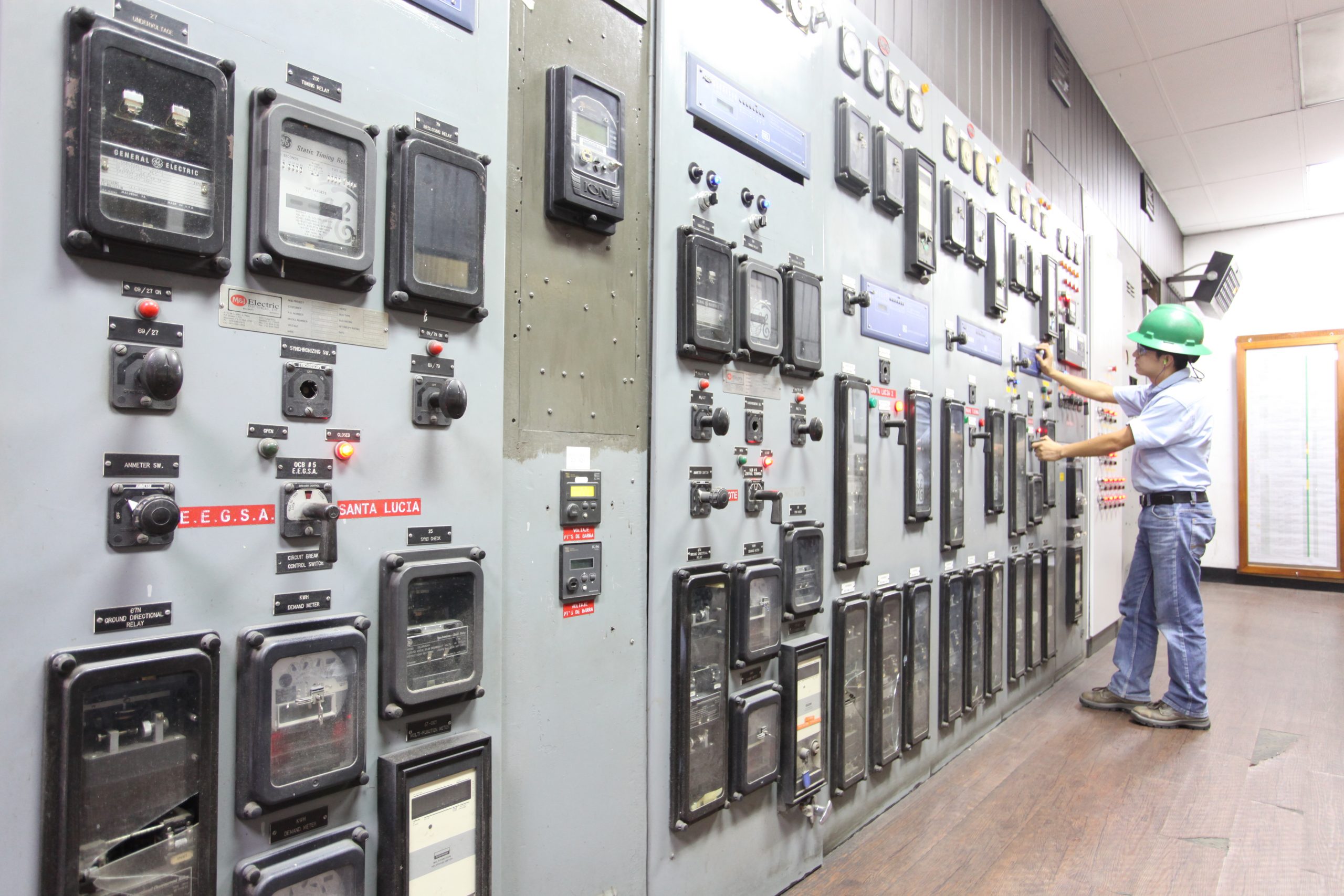To produce sugar, the juice is the raw material and the squeezed and crushed cane, called “Bagasse” is a residue, which thanks to the research has become a source of renewable energy.
The energy generation of the Guatemalan Sugar Industry is strategic for the country since it takes place during the season of cane harvest and sugar production called Zafra and begins in November and ends in May, therefore it includes the dry season when hydroelectric plants decrease its contribution to the National Interconnected System. This helps to keep energy prices stable.
Just last year, according to data from the Association of Independent Cogenerators, the contribution of the Sugar Industry represented up to 46% of the energy used by the entire country during the Zafra season.
 The sugar factories are self-sufficient, this means that they produce the energy they consume, the rest they sell to the national and regional electricity market.
The sugar factories are self-sufficient, this means that they produce the energy they consume, the rest they sell to the national and regional electricity market.
Each year 7.5 million tons of bagasse are used to generate this renewable energy. The Guatemalan Sugar Industry has an installed capacity of 1,020 MW for generation.
In addition, with the renewable energy produced by the Sugar Industry, more than 4 million CO2 is prevented from reaching the atmosphere each year.






